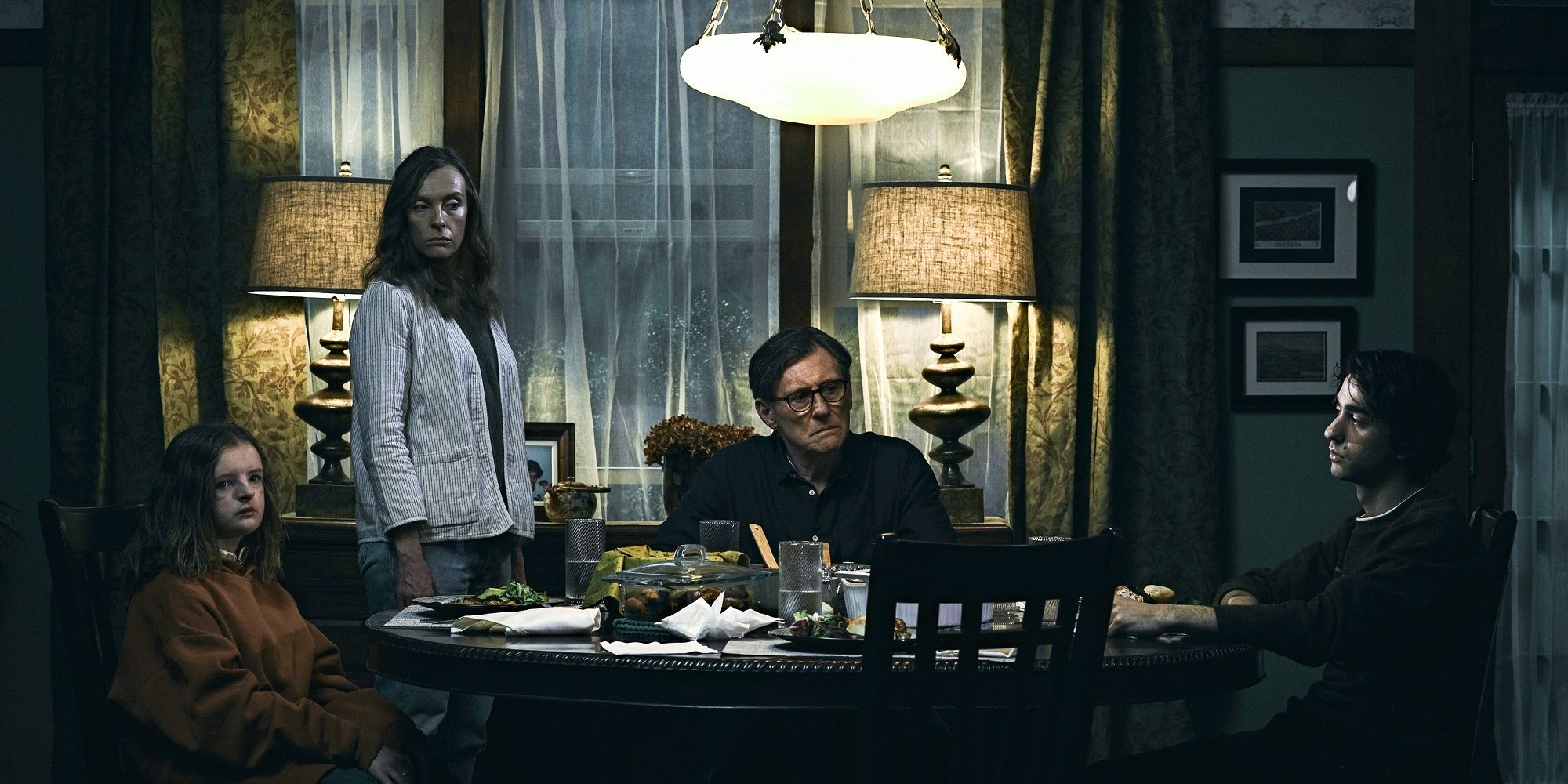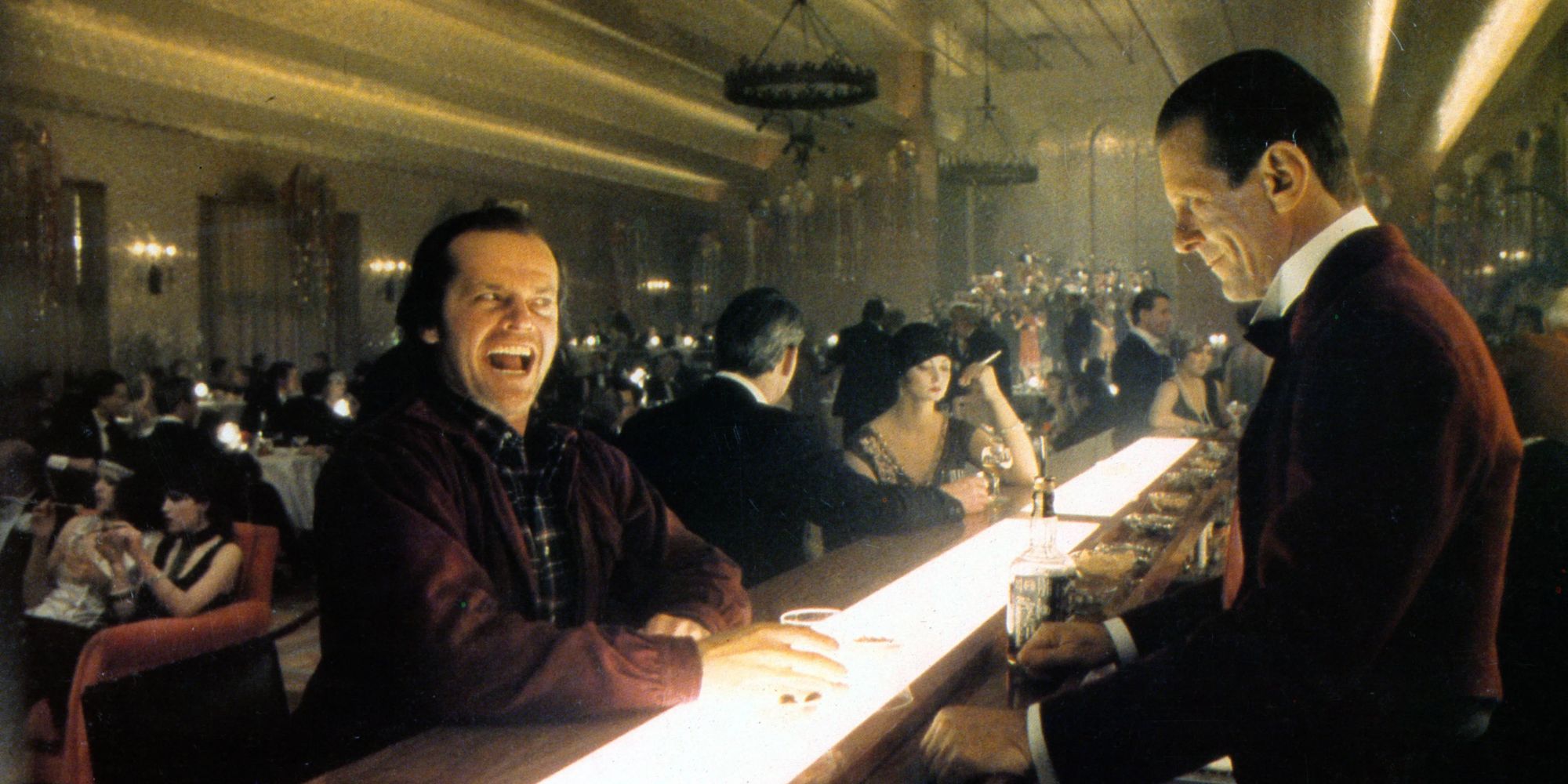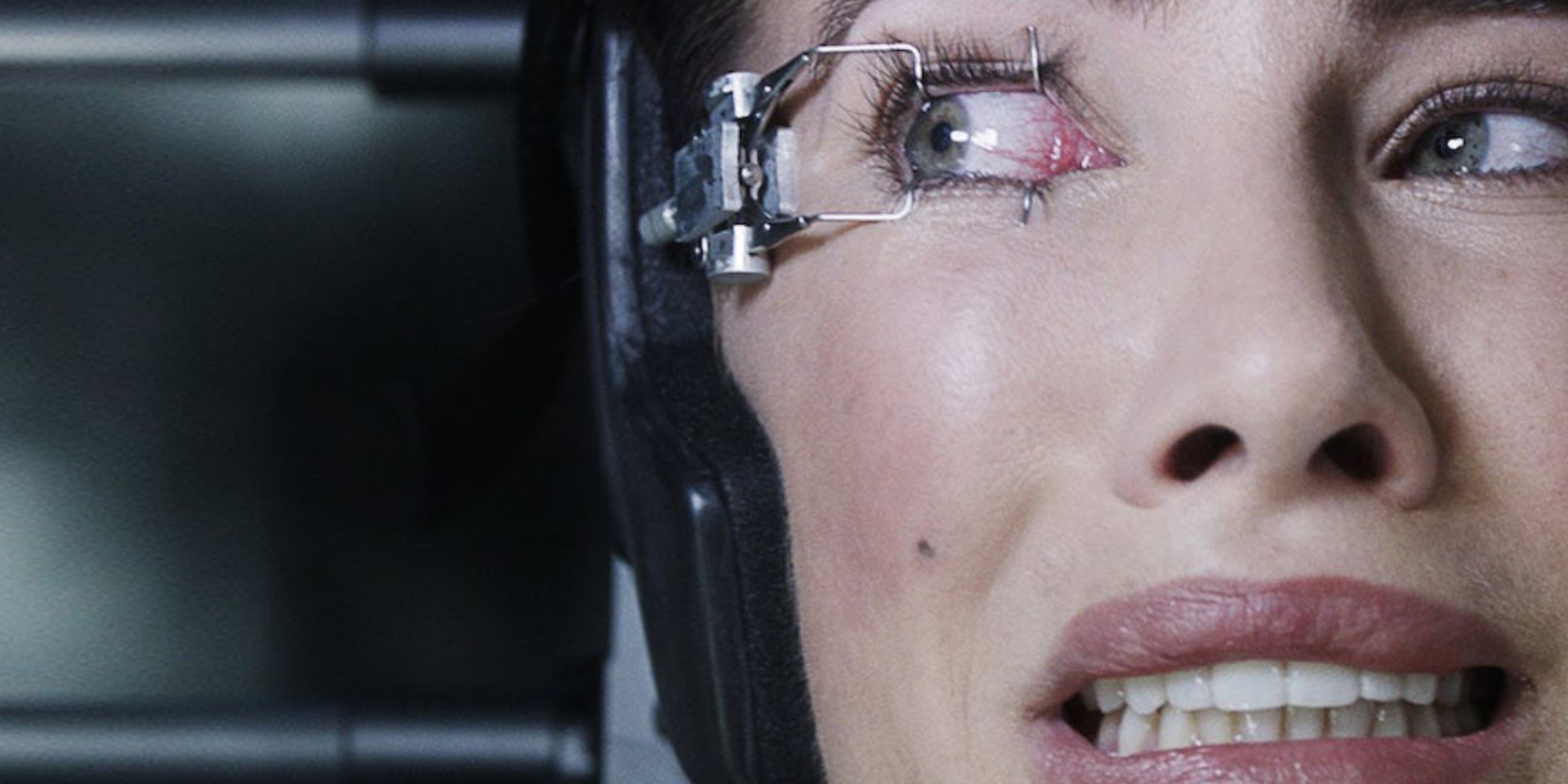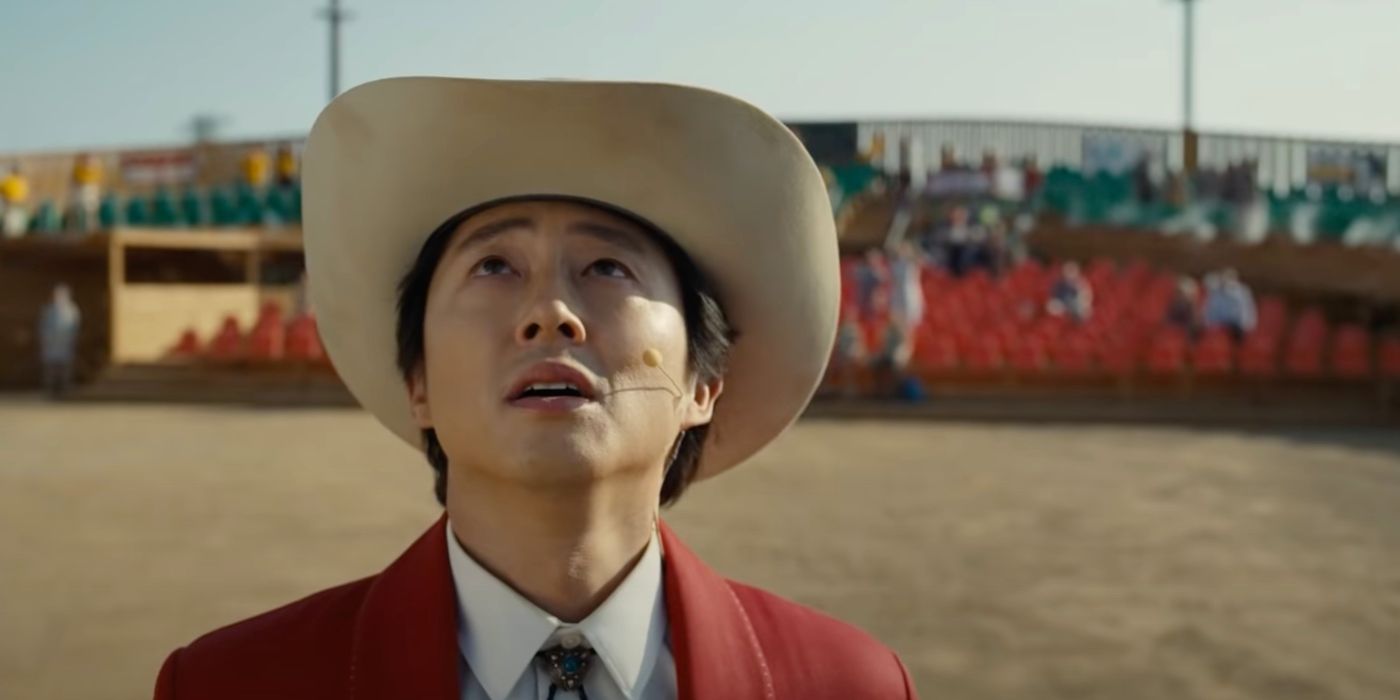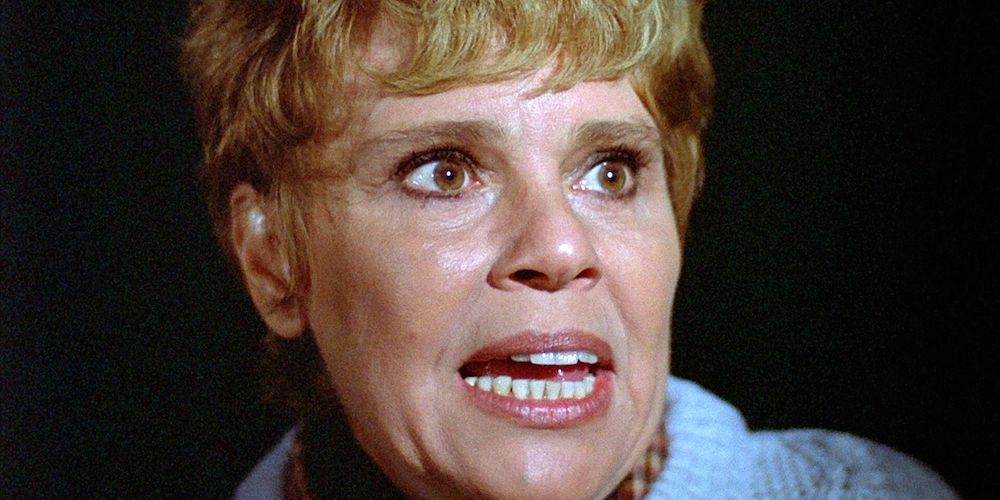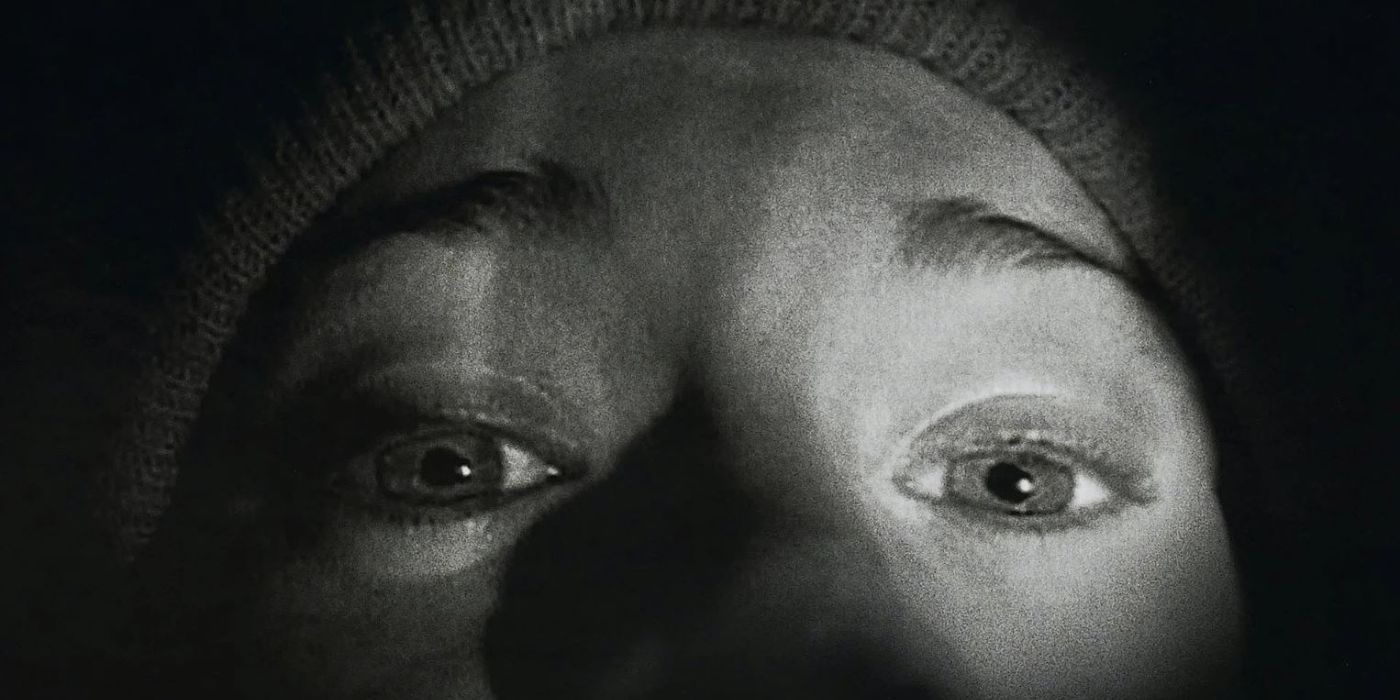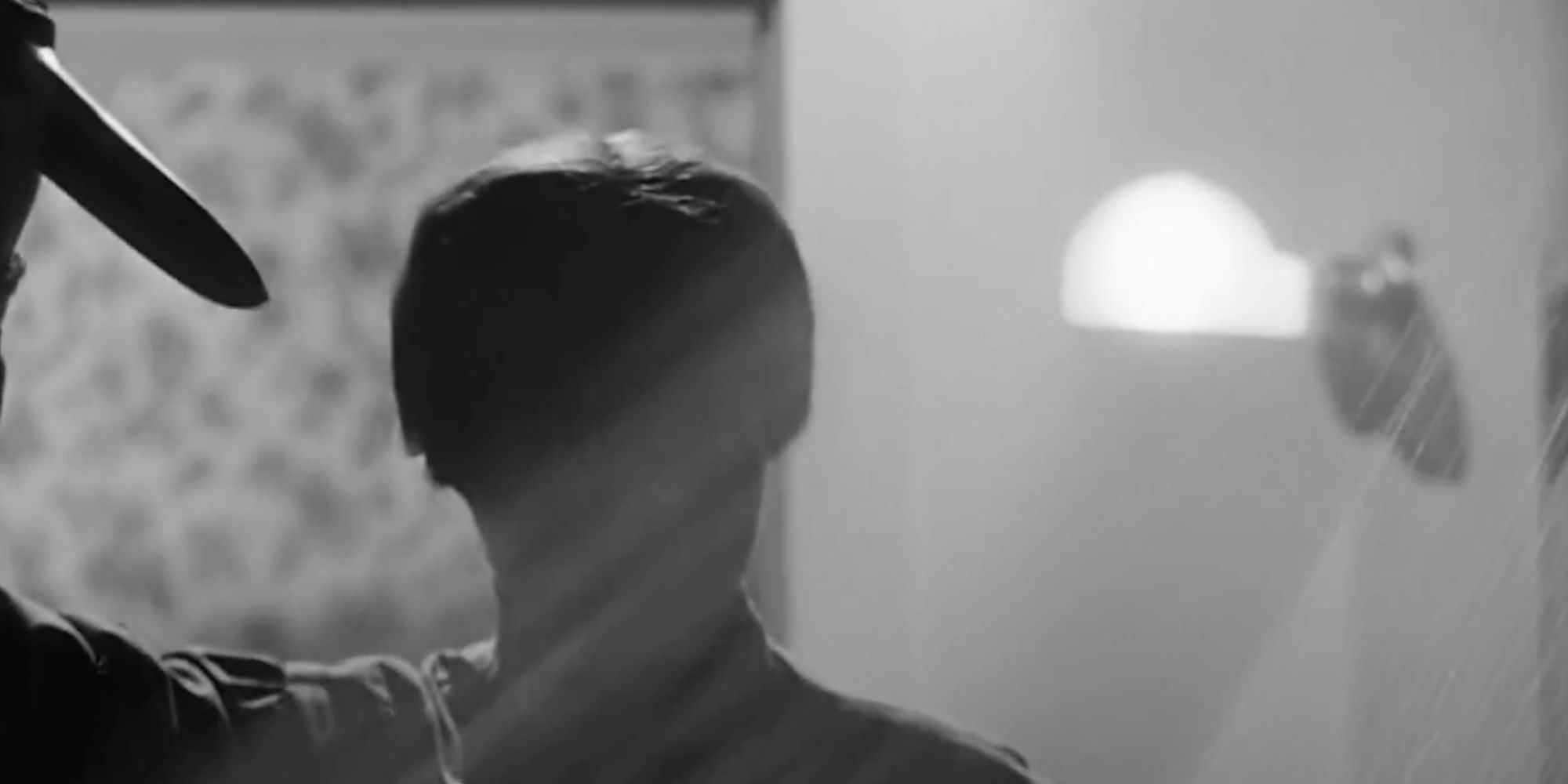One of the greatest strokes of genius in cinematic history wasn't planned. In the early 1970s, director Steven Spielberg was making a modern-day monster movie about a killer shark terrorizing the waters of a small town. Except, there was one major problem: the mechanical shark looked too fake. It completely shattered the illusion. So Spielberg made the decision to (almost) never show the shark.
Jaws made over $200 million at the box office. Adjusted for inflation, that's $2.17 billion, making it the 13th highest-grossing movie ever released (based on these metrics). How can a movie about a killer shark without a killer shark be a success? There's nothing scarier than the unknown, the empty spaces filled in with the human imagination. And these movies do it better than any others (with the exception of Jaws, which is left off because it's just too obvious).
'The Thing' (1982)
One of the most disgusting, vile, vomit-inducing gore-fests ever projected in a movie theater. And it absolutely rocks. The genius of John Carpenter's 1982 classic rests in the delicate balance between the seeing and not-seeing of its monster.
One of the great films about paranoia, The Thing follows a group of researchers in Antarctica as they're infiltrated by an unknowable alien creature. This "thing" has the power to take the shape of its victims. Meaning it could be any one of them...until it isn't. Once discovered, it morphs into a hideous nightmare creature, the masterwork of special effects and makeup legend Rob Bottin. The "thing" doesn't exist because it has no true form, which means it can never be fully seen. How horrifying is that?
'It Follows' (2014)
When a teenage girl has sex with her new boyfriend, she is cursed to be forever stalked by an evil force disguised as strangers...or even friends. For the rest of the movie, this young woman flees the killer -- but the evil looms over them at all times.
David Robert Mitchell's It Follows follows (pun intended) proudly in the tradition of The Thing. But while Carpenter's film uses its claustrophobia and the Antarctic wasteland to induce its sense of isolation, Mitchell makes the entire world lethal and horrifying, one vast trap. Mitchell also wisely leaves the kills themselves off-screen. Audiences are left to fill in the gory details themselves. More than likely, they'll think of something worse than what Mitchell would've actually depicted on screen.
'The Witch' (2015)
It's difficult to describe The Witch in a single sentence. Let's try: It follows a family in 1930s New England as they struggle to raise crops and keep faith in one another. When their son vanishes, all Hell truly breaks loose.
Director Robert Eggers took the paranoia of the Salem Witch Trials and infused them in his 2015 debut. While the faces of monsters are revealed to some of his characters, Eggers turns the screw on the family's paranoia and distrust as it festers and spreads among them. In The Witch, the monster takes on many faces: Puritan religion, a witch, a black goat, and even a mother and father.
'Hereditary' (2018)
Grief is a terminal disease. That, in many ways, is the underlying horror of Ari Aster's 2018 debut. After an unspeakable tragedy rocks a family, the dead's spirit haunts the mother and son.
Similar to The Witch (another A24 joint), Aster's Hereditary zeroes in on the distrust between family members, boiling over in two scenes: one at dinner and one...in front of a fireplace. Truly, grief is the unseen monster here. (Also, a demon).
'The Shining' (1980)
Who is the monster in Stanley Kubrick's The Shining? Perhaps, Jack Torrance. Maybe, the two creepy twins or Delbert Grady or the elevator blood. It could be the old woman in the bath or even Kubrick himself.
The Shining inspires terror in many, many ways. Something is creeping into the bloodstream of Jack Torrance, an unsettling evil that will turn him against his own family. He certainly becomes "the monster," but he's not possessed by a demon or anything so literal. Rather, it's the hotel itself and its dark history that bears down on him. An unseen monster, yet one that's ever-present.
'Final Destination 1-5' (2000-2011)
"No Accidents. No Coincidences. No Escapes. You Can't Cheat Death." That's the tagline of the original Final Destination from 2000. All five installments in the franchise begin with a simple premise: The main character has a premonition of a gory disaster that will kill nearly everyone around them. Their vision saves 8-12 lives, but now, capital-D Death has a score to settle.
These movies produce the most natural and economical unseen monsters in horror history. After all, it boils down the entire genre to its base elements -- random violence and death. Not in the form of the Grim Reaper or a dark cloaked figure playing chess on a Swedish beach, but as an invisible, non-personified force, like the wind.
'Nope' (2022)
Jordan Peele has specifically mentioned Jaws in his promos for Nope. In his newest film, released this past summer, he wanted to infuse the same sense of unseen dread in his audience. And it certainly worked.
Still, maybe the most terrifying moment of Nope comes when we see, not what's inside the cloud, but what's inside the thing inside the cloud. People have been eaten on screen before, but usually, audiences see the bite...not the digestion. Peele gives audiences just a taste (pun intended), only enough so that they can fill in their own gruesome details.
'Friday the 13th' (1980)
Most of the Friday the 13th series would have no place on this list. Jason Voorhees isn't exactly the invisible hand of death. But the original is as much a whodunit as a horror film.
Though maybe a bit of a Halloween rip-off, there's no doubt Friday the 13th spread the popularity of the modern slasher, even if audiences didn't know who was doing the slashing.
'The Blair Witch Project' (1999)
The Blair Witch Project's legendary marketing campaign and documentary-style filmmaking fooled some 1999 audience members into thinking it was real. And because viewers never saw a real Blair Witch (whatever that is) on screen, the illusion held fast even after the film ended.
Anyone can relate to the horror of this film. The stillness and isolation of camping. The weird sounds could be anything. The feeling of being in an unfamiliar, abandoned place. Half eerie, half terrifying, The Blair Witch Project is a horror classic because it forgoes a monster for simple disturbing images that still haunt viewers today.
'Psycho' (1960)
In many ways, Psycho is about the act of withholding. In the first scene, Marion Crane withholds sex from her lover. For forty minutes, Hitchcock withholds the horrors. Then, even when he reaches the now-famous shower scene, he withholds any actual stab.
And, of course, the killer's face is in shadow, only revealed in the film's final moments. Fifteen years before Jaws, Hitchcock experimented with the horror of the unknown. Don't show the monster. Don't show the kill. Let the audience do the work for you.

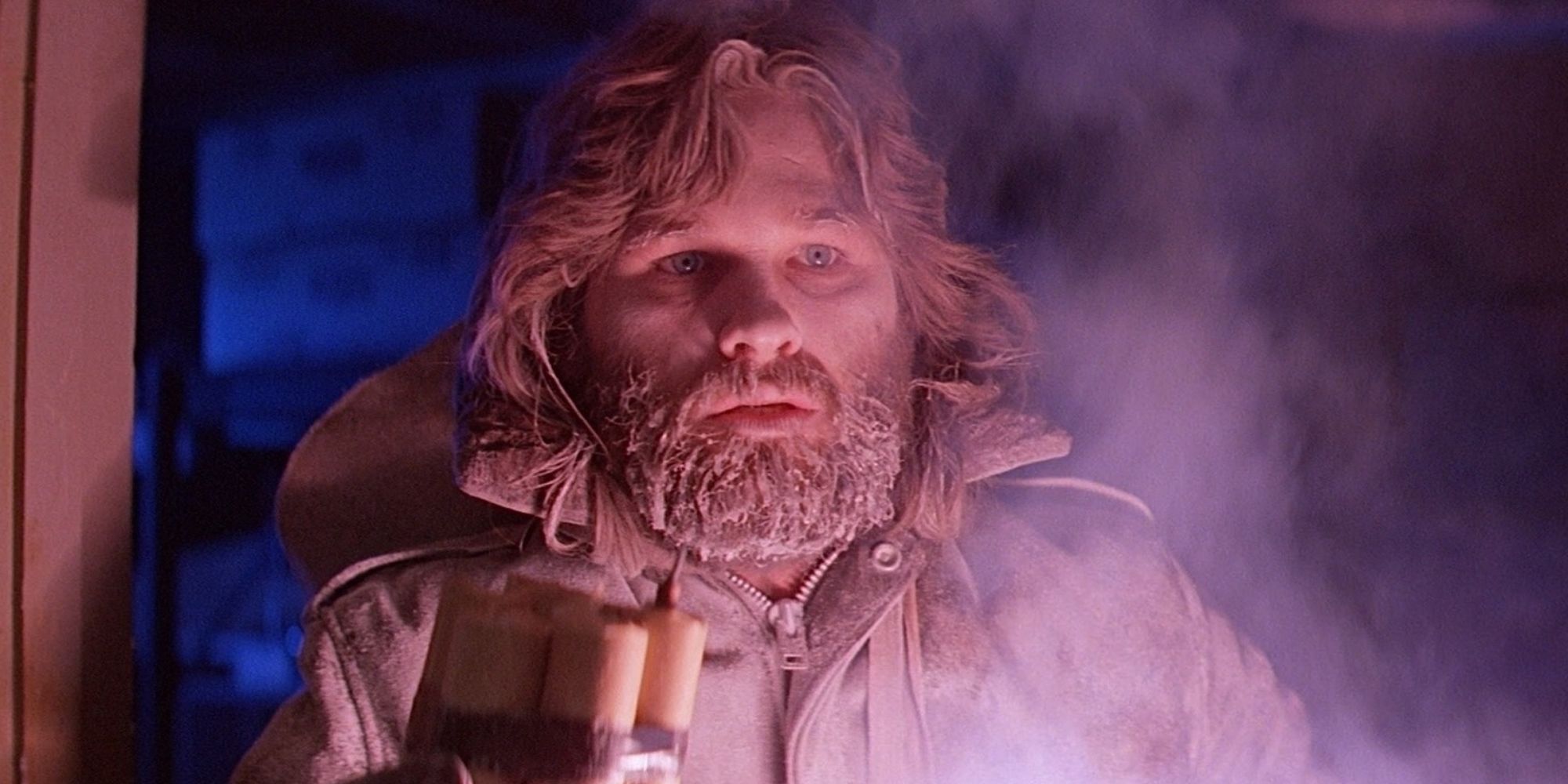
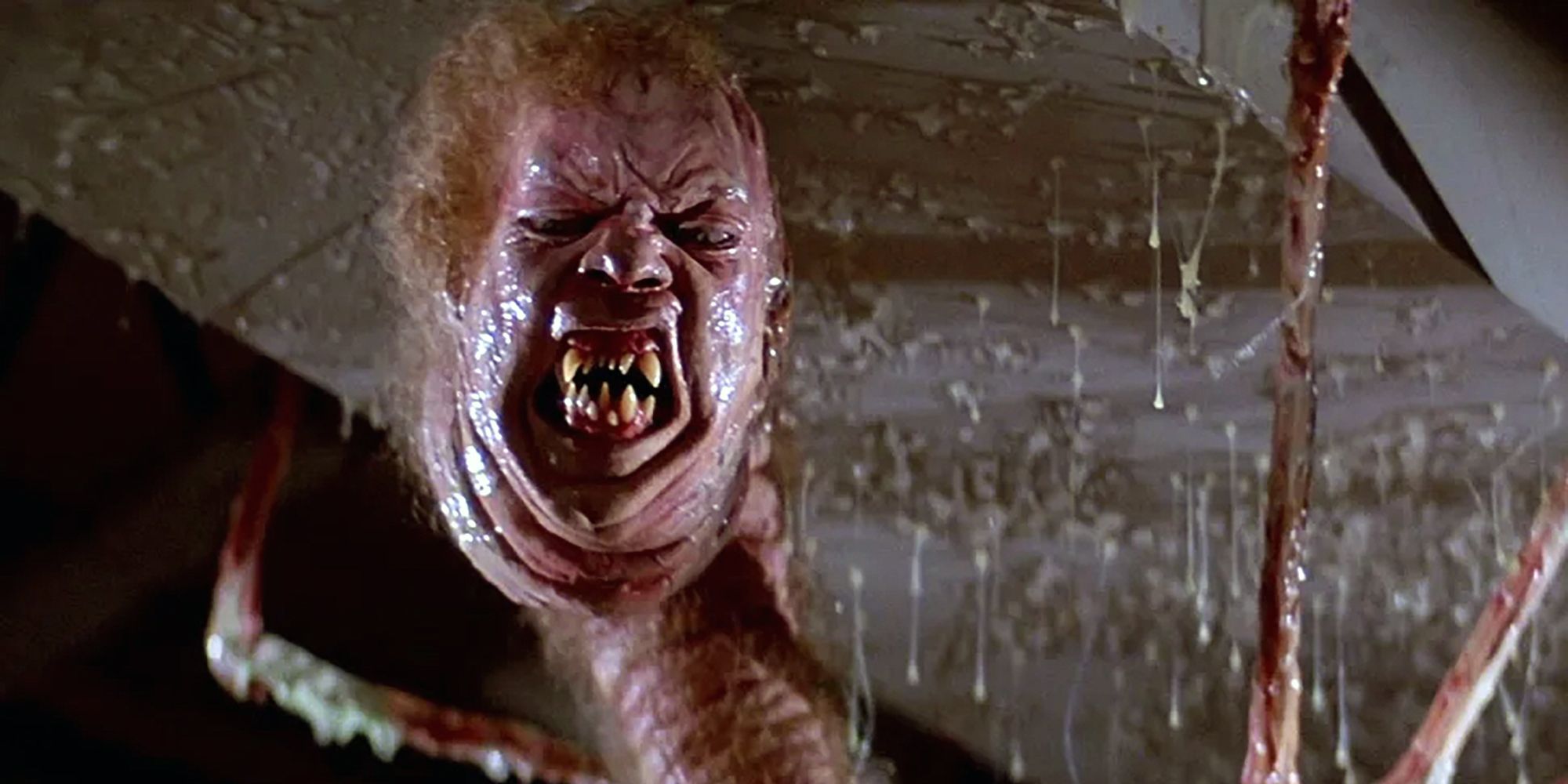
.jpg)
.jpg)
